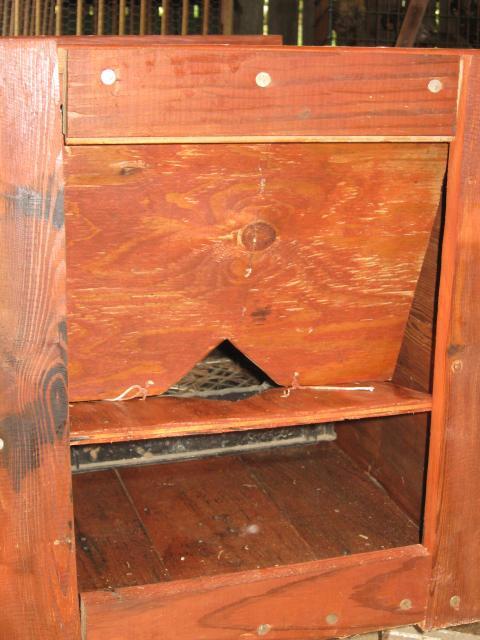wow. thanks for taking the time to put up all the info you have. 8)
I might have to look into something like that once I get my LF flock going. I'm wanting to establish my LF flock with a heritage breed in need of improvement (size, laying capability, etc) and this seems like the way to establish the laying side of the equation... a hanging scale with milk crate to weigh the birds at specific ages to establish growth as well.
I haven't decided which breed to concentrate on yet, but still need to build their coop first anyways, so I have time to research some more.
thanks again for the ideas...
Karen
I might have to look into something like that once I get my LF flock going. I'm wanting to establish my LF flock with a heritage breed in need of improvement (size, laying capability, etc) and this seems like the way to establish the laying side of the equation... a hanging scale with milk crate to weigh the birds at specific ages to establish growth as well.
I haven't decided which breed to concentrate on yet, but still need to build their coop first anyways, so I have time to research some more.
thanks again for the ideas...
Karen






